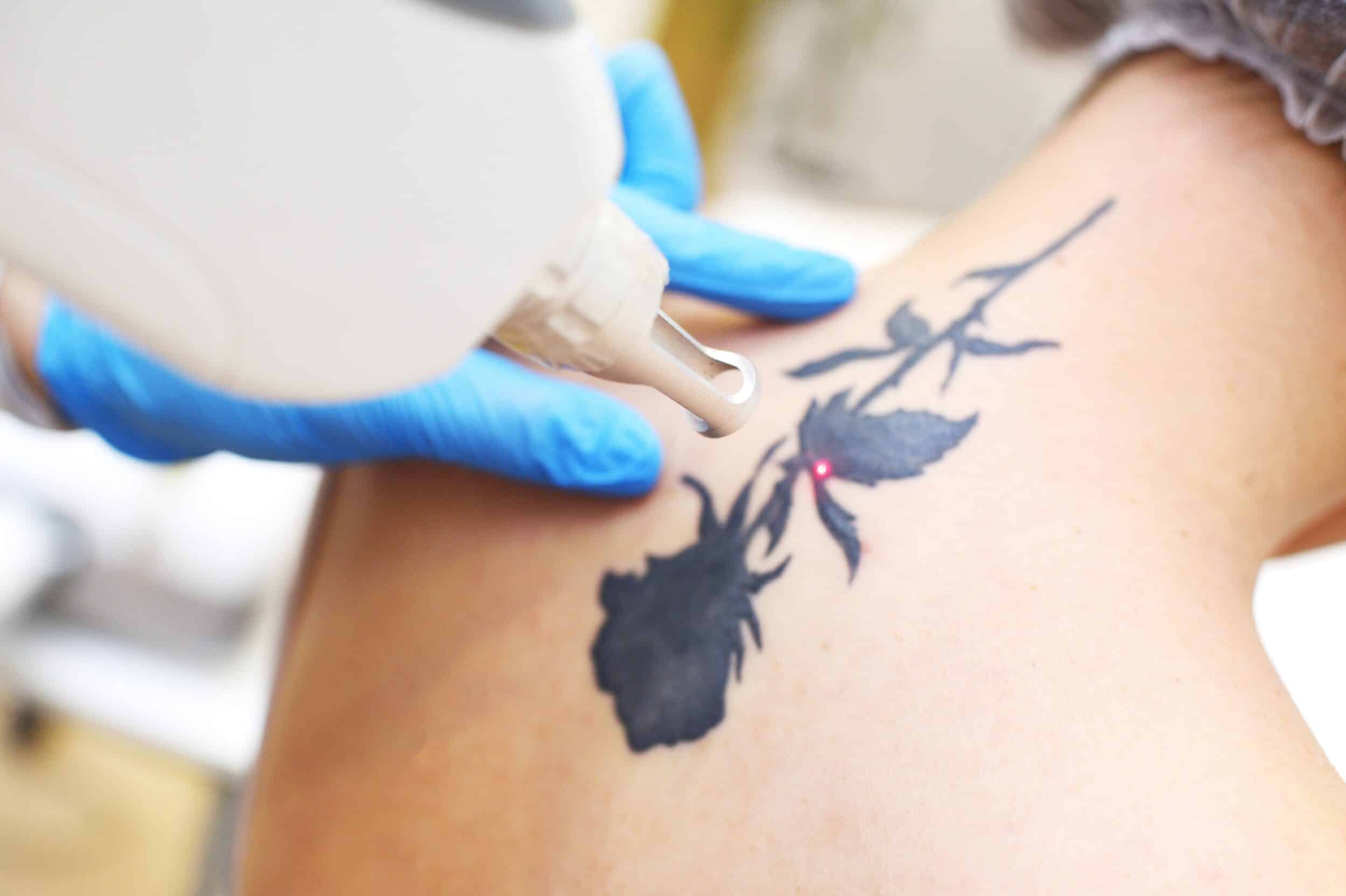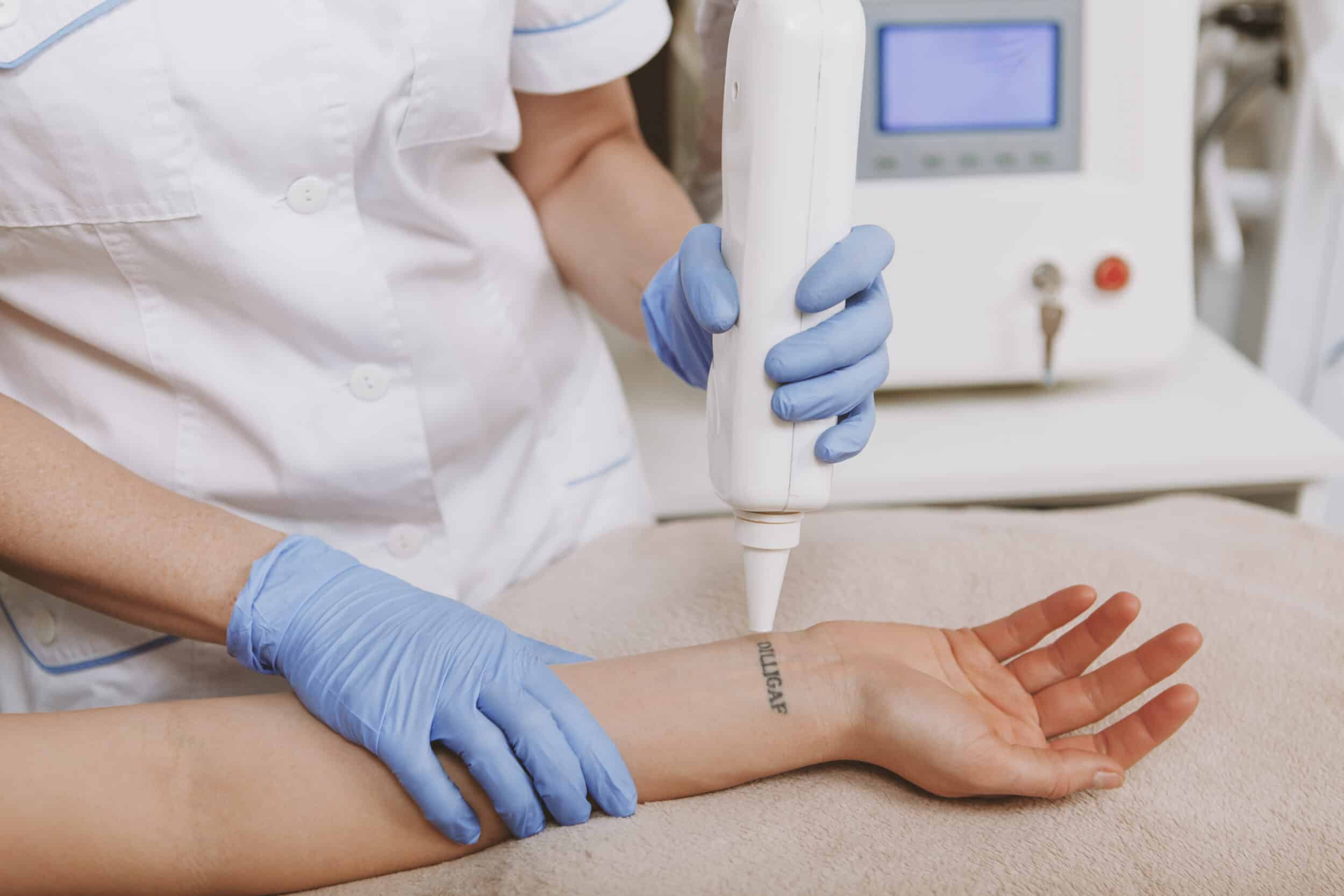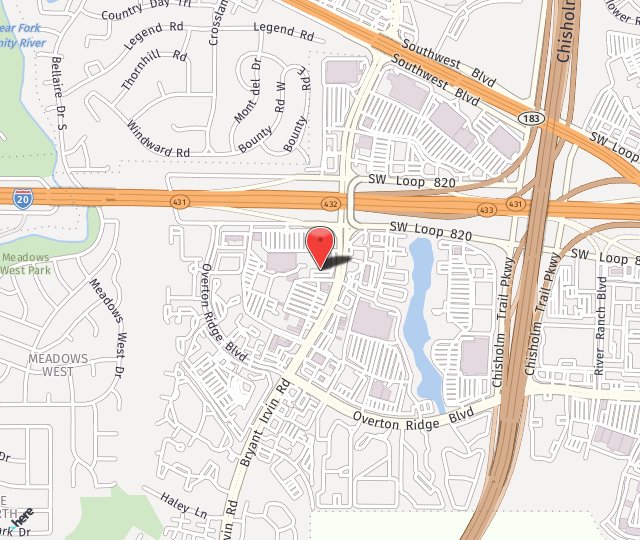Tattoos are a beautiful form of expression, but just because you loved your tattoo when you had it done doesn't mean you love it now. At Skin Deep Laser MD in Fort Worth, Texas, Dr. Laura S. Riehm uses the PicoSure® laser to gently break down unwanted pigment in your skin, effectively removing your tattoo in the safest way possible. If you're ready to remove an unwanted tattoo or want to learn more about our services, call Skin Deep Laser MD or schedule an appointment online today.

What is Tattoo Removal?
Tattoos are meant to be permanent, but that doesn't mean they have to be. As you get older, a tattoo you once loved can change in appearance, becoming faded or wrinkled against your aging skin.
Even if your tattoo still looks perfect, you might just not like it anymore.
In the past, removing a tattoo meant excising (cutting) the pigment from your skin, leaving behind scarring or discoloration.
At Skin Deep Laser MD, Dr. Riehm uses the PicoSure laser to break up and remove tattoo pigment from your skin without damaging the surrounding healthy skin.
How Tattoo Removal Works
The PicoSure laser uses extremely short but intense pulses of light energy that form a pressure wave. These waves shear ink particles into tiny pieces for your body to eliminate. The older tattoo removal lasers use heat energy to break up the ink. They also, in many cases, damage the surrounding tissue. The PicoSure laser is much safer, faster, and more efficient for tattoo removal.

Over the following days and weeks, your body's lymphatic system naturally gets rid of these ink particles, gradually fading the appearance of your tattoo without harming your skin or leaving behind a scar.
Benefits of Tattoo Removal
Tattoo removal with the state-of-the-art PicoSure laser offers many advantages over other tattoo removal options, including:
- Less pain
- No scarring
- Complete removal with fewer treatments
- Removal of any color
Our upgraded PicoSure laser is the best on the market for removing red, yellow, and black inks that are often difficult to remove with other lasers. This means you get the best results possible in less time than you might with a different service.
How Many Tattoo Removal Treatments Will I Need?
Most people need at least six laser tattoo removal treatments, spaced six to twelve weeks apart, to remove an unwanted tattoo completely. The appointment length depends on your skin color and type, as well as the tattoo itself.

FAQs
Does Tattoo Removal Hurt?
Most laser treatments feel like a rubber band snapping against your skin, but they shouldn't be overwhelmingly painful. Laser tattoo removal is less painful than excisional tattoo removal. Dr. Riehm uses a compounded numbing cream and other techniques to mitigate any discomfort.
How Does the Size and Location of the Tattoo Affect the Removal Process?
Tattoo size and location play a significant role in determining the tattoo removal process's effectiveness.
Size of the Tattoo
- Larger Tattoos: Bigger tattoos need more sessions since there is a greater surface area to target.
- Smaller Tattoos: Small tattoos are generally quicker to treat and may need fewer sessions to fade or remove.
Location of the Tattoo
- Proximity to Blood Flow: Tattoos closer to areas with rich blood circulation, such as the chest, back, and upper arms, tend to fade faster. This is because the body can more efficiently remove the ink particles broken down by the laser.
- Extremities: Tattoos on areas like the hands, feet, or ankles may take longer to remove. These areas have less blood flow, which slows the natural ink removal process.
- Skin Thickness: Thicker skin (e.g., on the back) can tolerate higher laser energy, which may improve outcomes. In contrast, areas with thinner, sensitive skin (e.g., wrists, face) need a gentler approach, which may take longer.
- Ink Depth and Density: Larger or darker tattoos usually need more sessions than smaller, lighter ones.
Are Any Specific Skin Types or Tones Harder To Treat With Laser Tattoo Removal?
Yes, specific skin types and tones can influence the effectiveness and complexity of laser tattoo removal.
People with darker skin tones (Fitzpatrick skin types IV-VI) can be harder to treat. Melanin (the pigment in the skin) absorbs more of the laser energy, increasing the risk of hypopigmentation (skin lightening) or hyperpigmentation (skin darkening).
Lighter skin tones (Fitzpatrick skin types I-III) are generally easier to treat. The laser energy more directly targets the tattoo ink without being absorbed by surrounding skin pigment.
Because of increased melanin, darker skin tones may be more prone to blistering, scarring, or pigmentation changes. Providers can reduce these risks by carefully balancing laser intensity and treatment safety. Dr. Riehm and the Skin Deep Laser MD staff have years of experience in tattoo removal and use advanced practices to help patients see great results.
Can Tattoo Removal Completely Erase Colored Tattoos, or Are Certain Ink Colors More Stubborn?
Laser tattoo removal can fade or erase most tattoos. However, certain ink colors are more challenging to remove than others.
- Easier Colors to Remove: Black ink is the easiest to target and remove because it absorbs all laser wavelengths. Dark blue ink also responds well to laser therapies.
- Stubborn Colors: Green, light blue, and yellow are more resistant to removal. This is because they reflect more of the laser's energy, making them harder to break down.
- Difficult-to-Treat Colors: White ink and pastel colors can be particularly stubborn. White ink often contains titanium dioxide, which may darken temporarily when treated with laser energy. Metallic or reflective inks are also harder to treat because they reflect the laser's light rather than absorbing it.
Why Choose Skin Deep Laser MD?
Dr. Laura S. Riehm, a Diplomat of the American Board of Anesthesiology, leads Skin Deep Laser MD. Dr. Riehm and her staff offer state-of-the-art, FDA-cleared services using the most advanced equipment available.
Our practice is known for delivering personalized, thorough attention and superior care tailored to your needs. We are committed to helping you look and feel your best with safe, effective treatments at a lower cost than most local providers.
Schedule a Consultation in Fort Worth
Do you want to remove your tattoo safely and effectively? Contact us at Skin Deep Laser MD. Call (817) 263-7546 to book an appointment with Dr. Riehm today.

